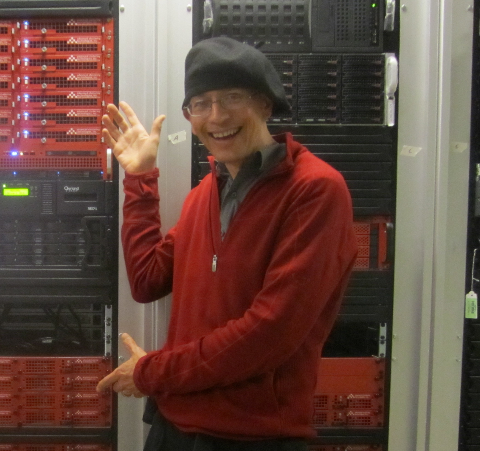James Eckhardt Powell
General Information

Ph.D. Student, Department of Physics
Portland State University
SRTC, Room 409B
(503) 725-8515 (office)
(503) 725-8550 (fax)
Please click here for my public key, or find me at the MIT PGP key server.
E-mail: powellj at pdx.edu
B.S., Physics, Portland State University 2010.
Teaching Assistant. PSU, 2012-2014;
Author of numerous free software packages, including binterp,
sfs-logging, and paraq.
Research Interests
JAMES POWELL studies the carbon cycle particularly in the
context of urban environment and anthropogenic CO2. This research is
producing a new model of urban CO2 emissions that will serve as a tool for
city planners.
Classes
PH 201/211/221 students, please read these formal lab report guidelines.
Research
I just got back from Beijing. The gallery (password protected) is here: gallery.
I'm working right now for Dr. Jim Pankow. Log (password protected).
My research (password protected) is in atmospheric physics. An abstract follows.
ABSTRACT
The latest report by the Intergovernmental Panel on Climate Change (IPCC)
concluded that the “human influence on climate is clear” and the largest cause of
the measured warming is increasing atmospheric levels of carbon dioxide
(CO2).
As we prepare now for the impacts, which are likely to be significant, the City
of Portland and Multnomah County have adopted a Climate Action Plan with a
stated goal of reducing emissions to 80 % below 1990 levels by 2050. Emissions
inventories are an important tool, often built by governments, used to manage
emissions. A survey of the literature shows a wide array of efforts focused on
improving CO2 inventories: top-down, bottom-up, hybrid, incorporating auto
traffic models, meteorological models, and sensors in towers, on mountaintops and
in airplanes.
Here we show work in progress on a model of CO2 emissions for the Portland,
OR metropolitan region. The backbone is traffic counter recordings made by the
Portland Bureau of Transportation at 9,352 sites over 21 years (1986-2006),
augmented with PORTAL freeway data.
We constructed a regression model to fill in traffic network gaps using GIS
data such as road class and population density. EPA MOVES will then be used to
estimate transportation CO2 emissions. Our transportation emissions will serve as
input into WRF meteorological modeling to simulate atmospheric CO2 at sites
where frequent CO2 measurements are made.
This model once calibrated and verified will give policymakers a new tool for
assessing urban CO2 budgets and climate mitigation plans.
END OF ABSTRACT
Please see this poster which further describes the research.,
Personal Interests
James enjoys bicycling, guitar, and spending time with his family.
James also likes free stuff, including
OpenStax College provides free,
peer-reviewed textbooks. Wow! Especially check out College Physics.
|

